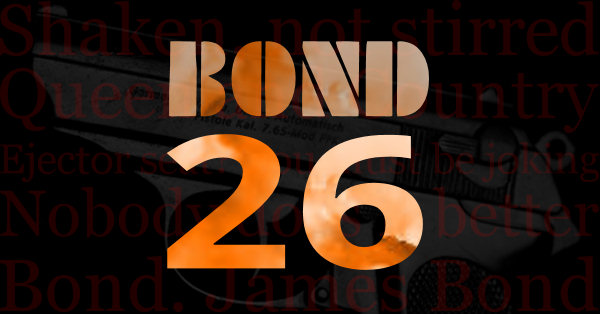In 1964, after Terrence Young turned down the opportunity to direct the third Bond movie, Albert Broccoli and Harry Saltzman turned to another young British director instead, Guy Hamilton.
The choice of Hamilton was not a particularly surprising one; the producers of the bond movies had long considered him for the position and in fact invited him to direct the very first movie, Dr No. With close to a dozen successful movies, such as The Ringer (1952) to his credit, he was considered by many in the movie industry to be among the better directors of his generation. In the end, as far as decisions went, the choice of Hamilton proved to be a shrewd one for both the movie and the Bond franchise.
Guy Hamilton’s task as Bond director was vastly different from that of his predecessor. With two successful movies already completed within the space of 18 months, the popularity of James Bond was certainly not in doubt. However, although Terrence Young had successfully created the charming debonair persona that was Bond, there were still some aspects of the Bond legend that were absent.
Sensing that James Bond was in danger of becoming superman, Hamilton chose a different approach with the direction of Goldfinger; while the movie still contained as much violence as its predecessor From Russia With Love, Hamilton sought to create a balance by introducing villains who were just as charming as Bond as well as being stronger and more intelligent. To even out the strengths and peculiarities of the characters in the movie, he also chose, with great success, to rely on the strength of humour
Hamilton’s success with Goldfinger has since gone on to become the landmark with which other Bond movies are judged. Following its release, Goldfinger became the fastest grossing Bond movie. It surged to huge popularity in Europe and America, earning itself an Academy award in the process. Many of his adaptations in the movie have become the blueprint used by other Bond directors. For instance, his use of the laser, a scientific innovation at the time, in the torture scene, led to the subsequent relation of Bond movies with cutting edge technology.
However, undoubtedly the most significant of Hamilton’s influence was his inspirational use of ambiguous humour. With memorable characters such as Pussy Galore, Oddjob and Auric Goldfinger, and an abundance of double entendres and memorable lines, Hamilton cemented Goldfinger’s long-standing position as one of the best Bonds of its time. Thanks to his innovative blend of humour and styles, Hamilton successfully made Bond more human and the franchise became all the more successful for it.
Following the success of Goldfinger, Guy Hamilton went on to direct three more James Bond films; in 1971, he returned to worked with Sean Connery in Diamonds Are Forever before going on to direct the movies Live and Let Die and The Man with the Golden Gun staring Roger Moore.










